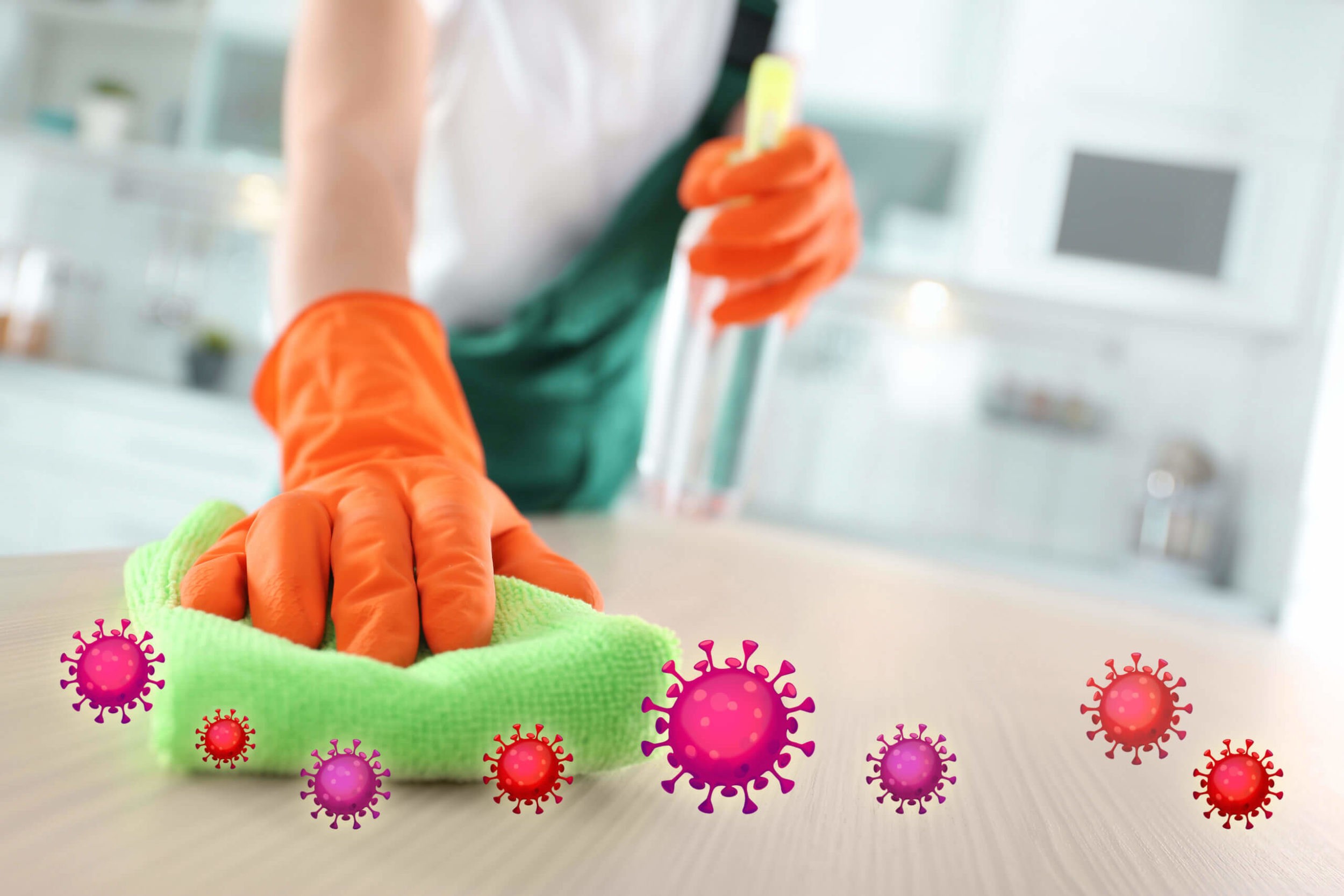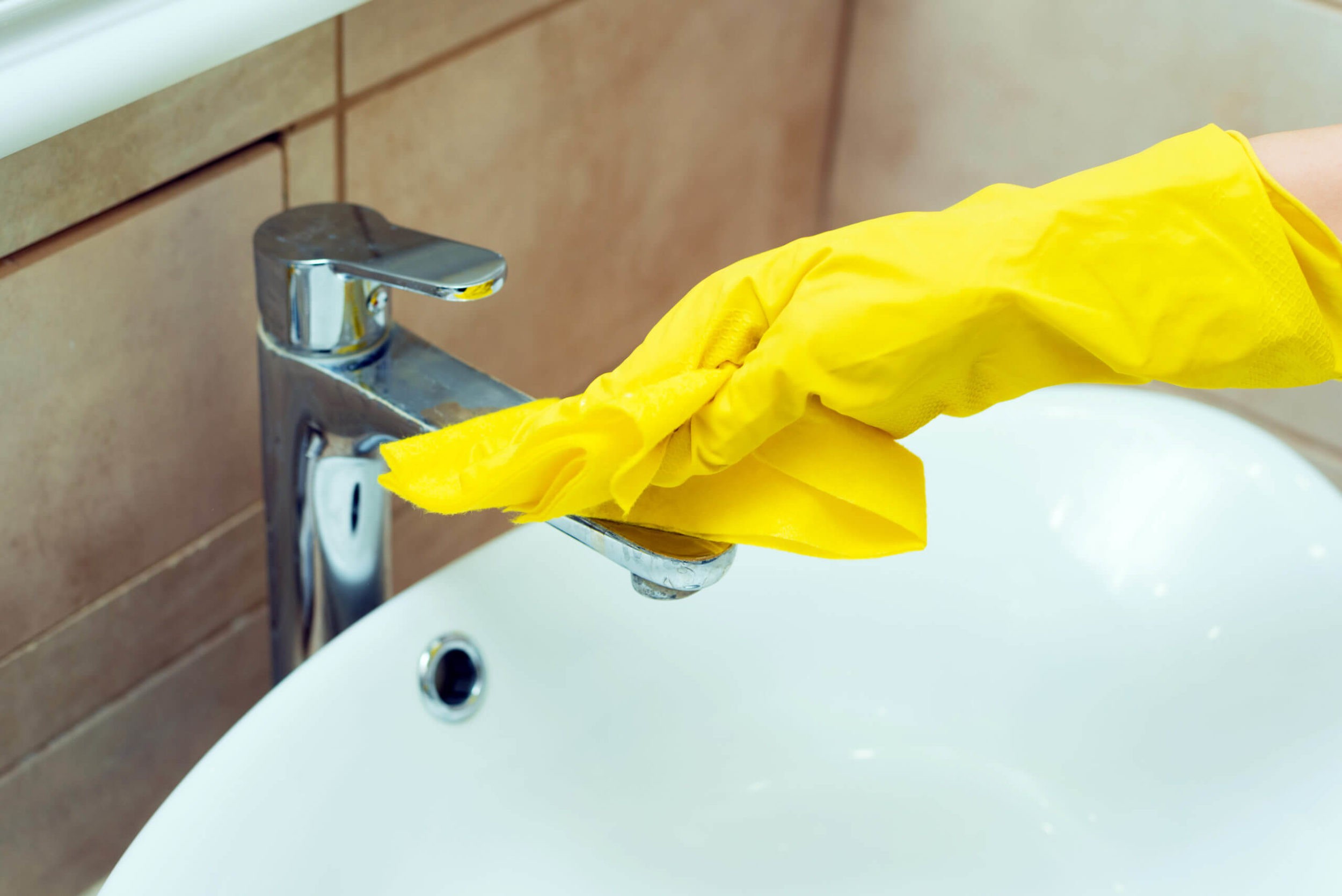Let’s Differentiate: Cleaning vs. Sanitizing vs. Disinfecting

In today’s world, understanding the differences between cleaning, sanitizing, and disinfecting is extremely important. While we might be using these three terms interchangeably, they are not the same. Utilizing the right terms can help you to identify which process is best to reduce the spread of germs and viruses, like COVID-19, from different surfaces. Understanding the distinctions between the three can help you effectively protect everyone in your home or workplace. The experts at Berk International are explaining the main differences between cleaning, sanitizing, and disinfecting.
Cleaning
Cleaning doesn't necessarily eradicate all germs in a targeted area, but it can help remove crumbs, dirt, dust, and germs from surfaces. Cleaning often includes the use of soap and water to clean off a specific area. Commonly used cleaning products include vacuums, dusters, degreasers, soaps, detergents, and glass cleaners.
Sanitizing
Because sanitizing often includes aspects of cleaning, some may ask themselves, "What is the difference between cleaning and sanitizing?". Sanitizing lowers the number of germs on a treated area to a safe level. This reduction can be done in various ways and often to a different standard. For example, the level of sanitizing you may practice at home varies greatly compared to what might be necessary at a restaurant or hospital. The tools you use to sanitize your space will depend on your individual needs. Heat and chemicals can be used to sanitize a restaurant, whereas one could use a chemical cleaner and water to mop up a floor. While both are considered sanitizing, the approach to doing so varies. It’s important to remember that germs are a part of everyday life and we can't avoid them altogether, but cleaning and sanitizing can help reduce their presence in our houses, offices, and restaurants.
Disinfecting
Disinfecting relies on chemicals to kill germs present on objects and surfaces. Unlike cleaning and sanitizing, disinfecting does not remove or reduce the number of germs present. These chemicals are only effective when they have been present on a surface for a long enough time to destroy germs so that the spread of viruses and bacteria is substantially reduced.
What Is the Difference Between Sanitizing and Disinfecting?
Disinfecting is the only method that can kill bacteria and viruses. While it doesn’t necessarily clean a dirty surface or remove germs like cleaning and sanitizing, it can lower the risk of spreading viruses and infections. After disinfecting a surface, the germs that were attacked by the chemical product are still present though they may be inactive.
If you’re looking for the best results while cleaning, sanitizing, or disinfecting it’s best to:
- Follow the instructions provided on the back of the product.
- Avoid mixing products, as they can reduce the effectiveness.
- Clean before sanitizing or disinfecting to remove as much dirt and debris as possible.
Knowing how best to remove and kill germs provides the safest environment for your home or workplace. It is important to recognize the distinction between sanitizing versus disinfecting so that you can identify the standards and practices that are most effective for your needs. At Berk International, we proudly stock a vast product lineup of wholesale cleaning supplies to help you choose what product best fits the needs of your facility. Connect with our team today for more information.



